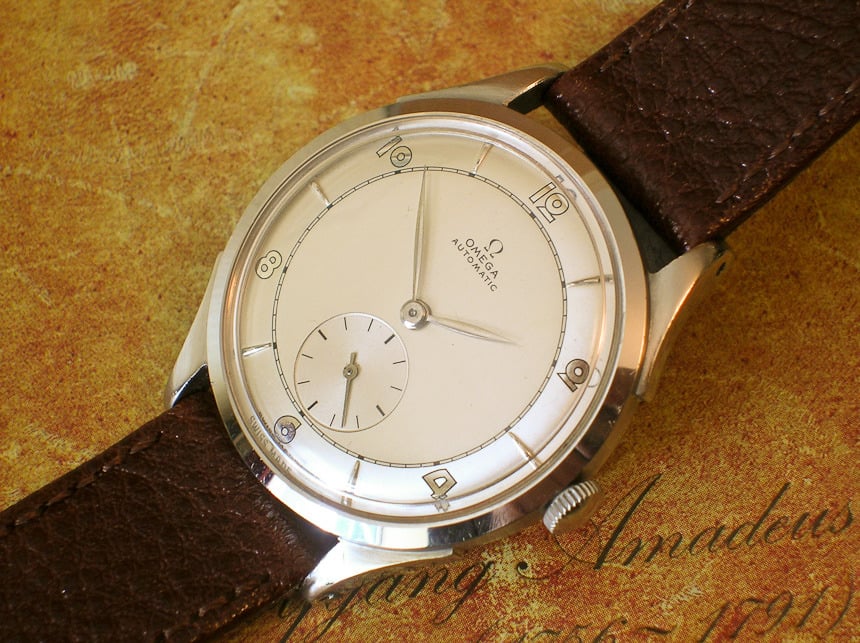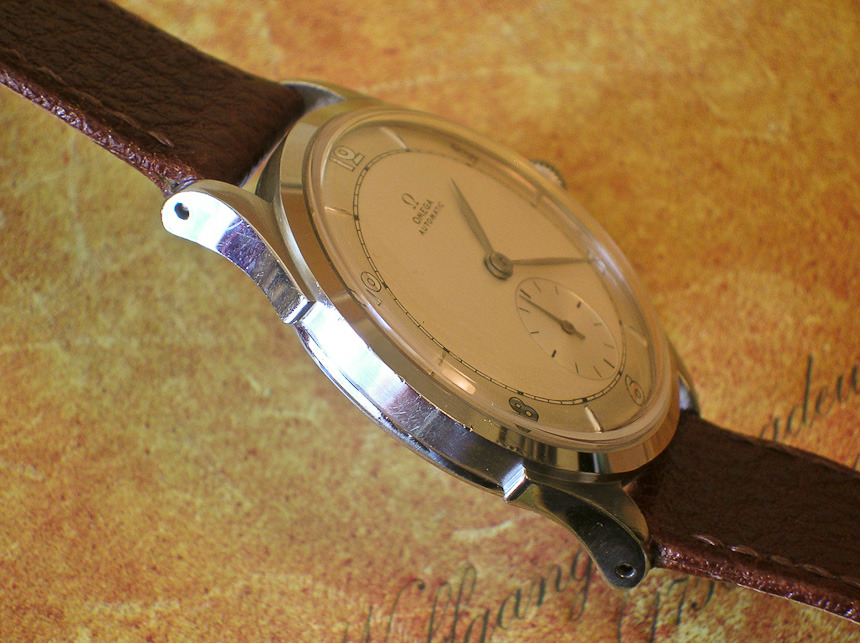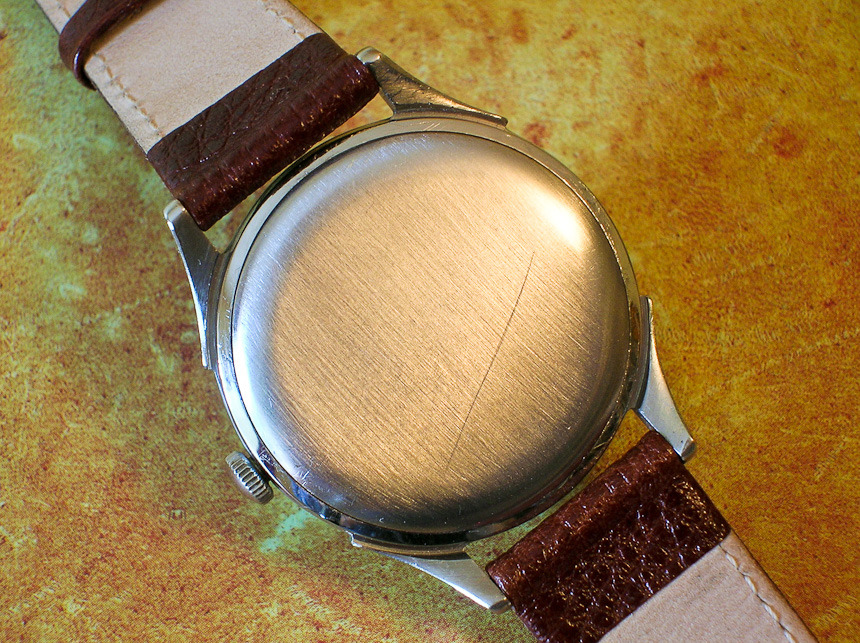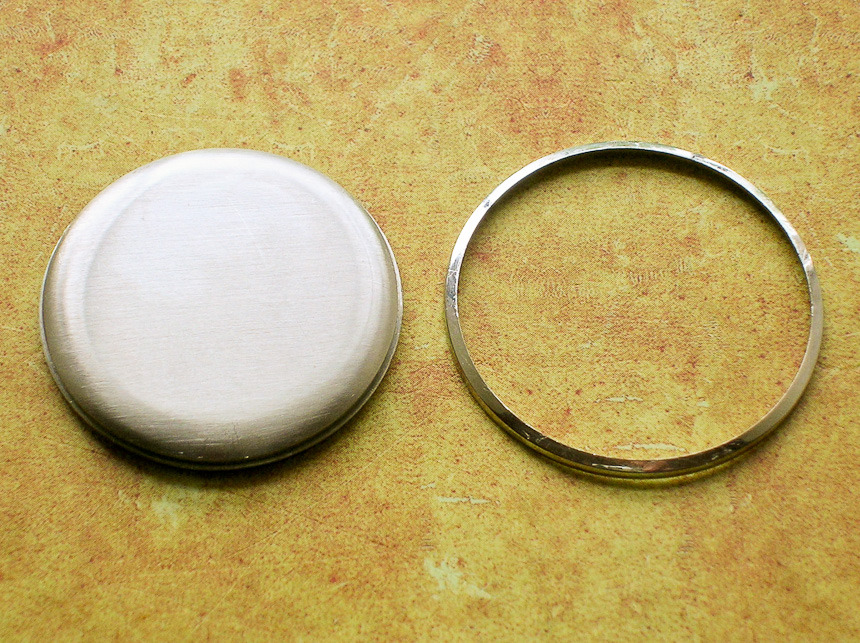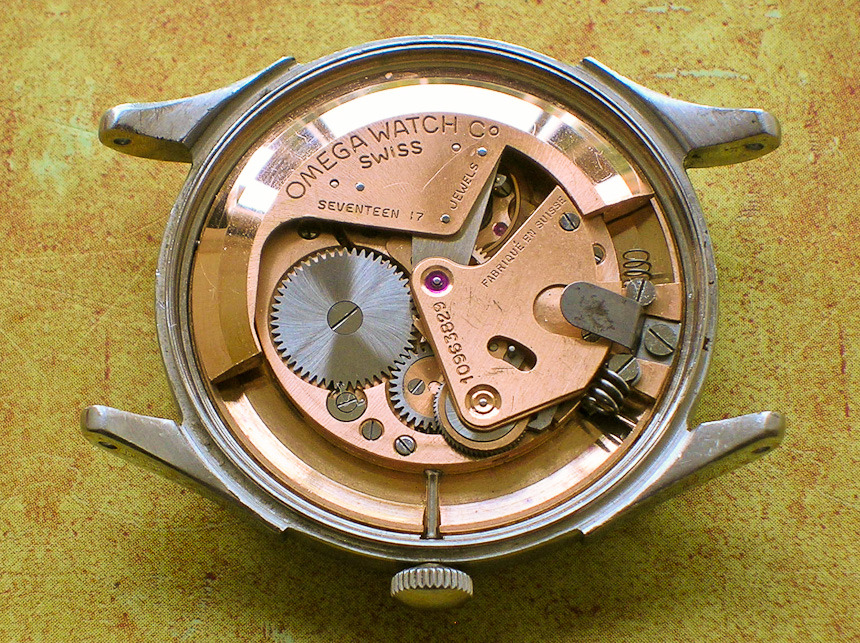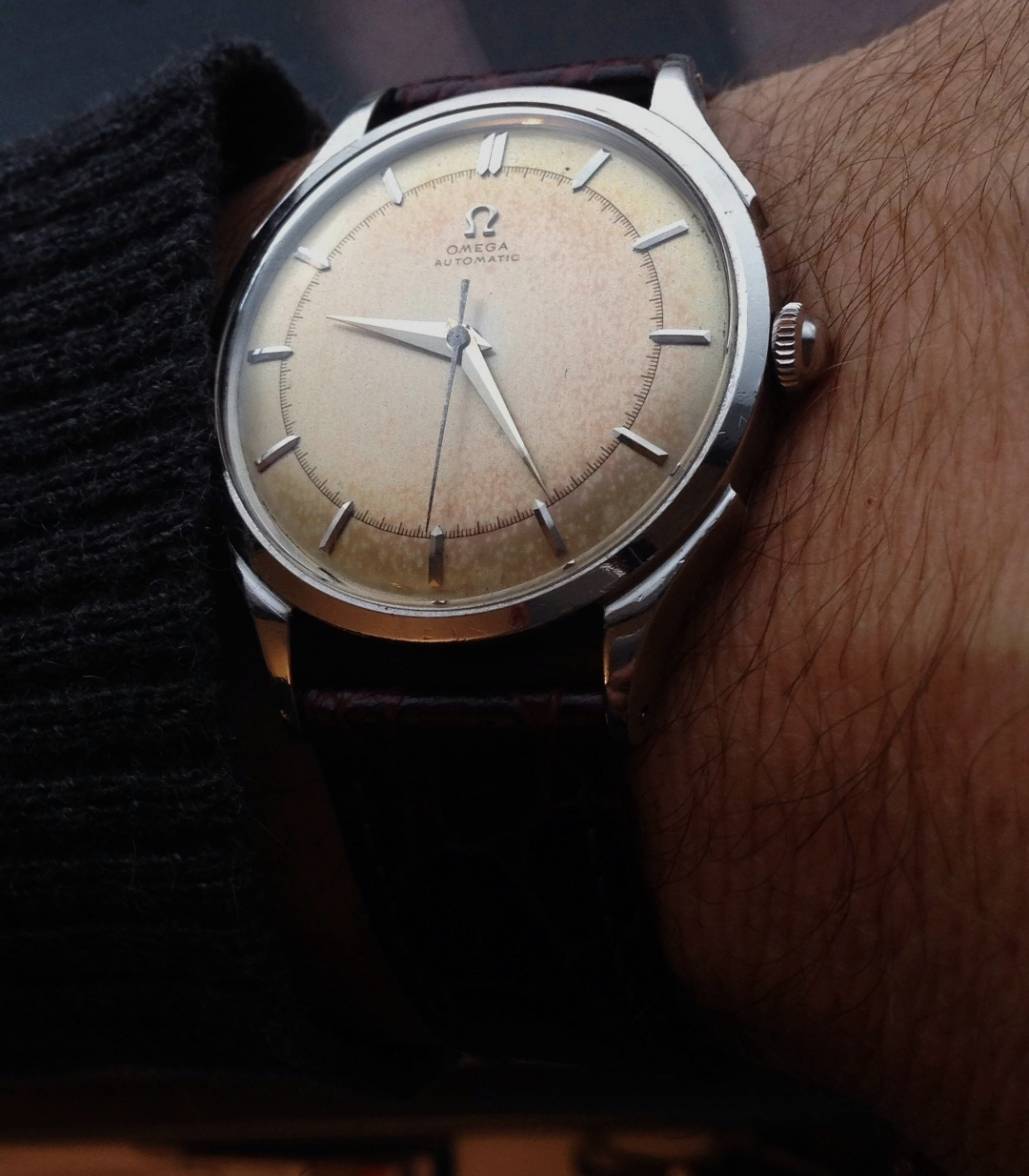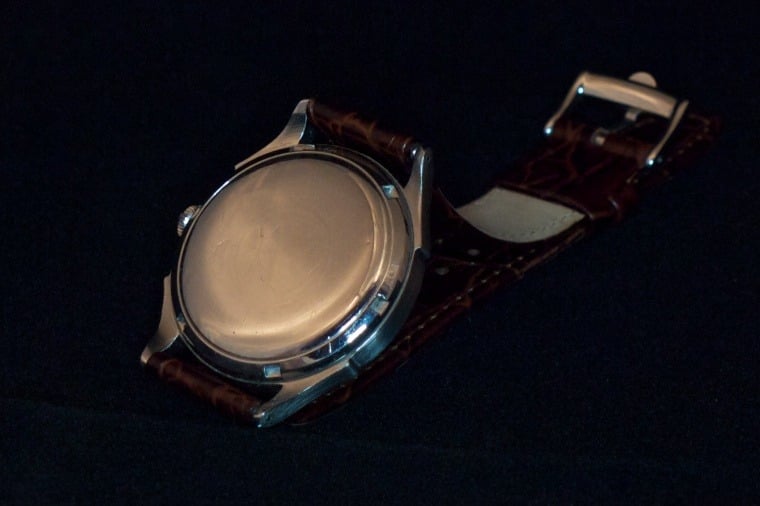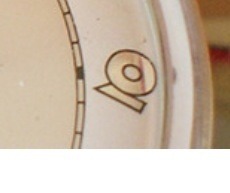John R Smith
·After the long hunt for my Centenary 2500 JUB, I was left somewhat flat. Life seemed to have no purpose, and the grey days passed by without colour or excitement. After all, once you have tracked down and obtained a grail like the Centenary, where do you go from there? Well, one answer of course might be another Centenary, but there was no way that the finances at Smith Towers were going to stretch so far.
It was an older thread by Mike which gave me the inspiration for a new quest. He had posted pictures of two very nice examples of Omega’s first-ever production automatic watch, housed in a stainless steel case reference 2374 and powered by the 30.10 ‘bumper’ movement, later known as calibre 330 and the progenitor of all subsequent Omega half-rotor automatics. This cheered me up, as I did need a steel-cased watch to wear without fuss and worry, but one that was also historically interesting and not “yet another Seamaster” (yes, I do love ‘em but I already have two, which is enough). The 2374 might fit the bill, and as we shall see it certainly has some intriguing period design features.
So the search began. The first problem was that most of the examples for sale had very poor dials, or had obviously been redialled (as is so often the case with these ‘40s and ‘50s Omegas). Finding one in good original condition seemed very difficult, especially since steel-cased watches are rarely as well cared for as gold ones. The other problem was that when I did track down a half-way decent example, the vendors were asking crazy money. Here in Europe it seems quite usual for them to be priced at over £1,000 GBP ($1,690 USD). This seems silly when I can pick up a perfectly nice ‘50s steel Seamaster in the UK for half that. Eventually I tracked a 2374 down from an eBay seller in the USA who seems to specialise in estate sales. He was also asking silly money, but although the pictures were poor I could see that this watch had my absolute favourite dial from the period. So I made a cheeky offer of just over half his asking price, to my surprise he counter-offered just slightly more and the deal was done. Of course I still had to pay the UK VAT at 20% when it got here, which always hurts, but nonetheless when it arrived on Wednesday last, very well packed and ticking away happily, the cost was quickly forgotten.
Since it arrived I have of course given the old girl a once-over and a clean-up, but it already had a new crystal so that little job was done. As you can see, this version of the 2374 has leaf hands (not lumed) which I have always liked and they make a nice contrast to the dauphine hands of the rest of my collection. But the real attraction for me was the dial and its mirrored numbers with their very distinctive figure designs, in particular the “2”. I have been looking for a nice example of these numbers for ages. The configuration is the 12-2-4-6-8-10 layout which also appeals to me. Does anyone know if this style of numbers has a name?
The sub-dial for the second hand has a little bit of a guilloché pattern, and the silver hour batons are applied. I’m not at all sure how the dial and hands have been finished, because there is no tarnish anywhere and as you can see they are in remarkable condition. Rhodium plating, perhaps? The crown is plain with no omega symbol, so I am assuming for the moment that it is a later replacement – however, I see that Mike’s examples look very similar so perhaps it might be correct at this date (1946)? Some guidance on this would be welcomed.
On this, the opposite side to the crown, you can see that we have some rather nice, swoopy, pierced lugs. You will also notice that, despite a few honourable dings and scars, the case is pretty sharp and shows no sign of ever having been polished. The main point of interest, however, is that there is no surrounding bezel and the dial side of the case is solid. At the rear, just to be really different, there is in fact a bezel whose task it is to hold the case back on.
You can see the rear bezel rather more clearly here. The case back is a push fit into the case, but not very tight, and then the bezel holds it firmly in place. Why all this complexity was thought necessary (or desirable) I am not at all sure. The brushed finish on the back may well be original (my 2445 of the period had the same) and is marred by just one scratch. Damn.
Here is the back removed from the case and in its two parts. The bezel is very thin and light and needs careful handling. Getting it all apart is not too difficult, but to reassemble the back you really do need a case press. I found my press with a 36mm die worked just fine – remember to pull the crown out to the setting position when you do this!
The inside of the case back has some rather nice perlage and the reference 2374/5, but no case-maker’s mark. The “PATENT +” presumably refers to the rear bezel fixing system . . .
And so to the movement, calibre 30.10 RA PC AM 17p (330), serial number 10963829, which dates it to 1946. To my surprise and relief, this is in lovely cosmetic condition, not quite as nice as my Centenary, but close. The copper plating is in perfect order, with nothing missing or discoloured, which is really important on the rotor especially, as it is such a big part of the ‘look’. All we can criticise, really, is that one of the banking stop springs is wrong (too large). This is no problem, as I have the correct spares in stock. The strange spring clip sticking up between the stop springs is found only on the first iteration 30.10 and 28.10 movements, and its function is to bear against the case back and hold the movement in place. There is no conventional case clamp screw as on the later versions. So once you have the back off, all you have to do is to remove the crown and stem and the movement and dial will pop right out. On this example of mine, you will notice that “Fabriqué en Suisse” is engraved on the rotor bridge, something I have not encountered before. This makes me wonder if this watch was originally delivered to France or Belgium. An archive extract from Omega might solve the puzzle, perhaps.
Finally, here they are side by side –the 2374 and my Centenary. They are probably pretty much contemporary, as I have an extract for the Centenary and it is dated December 1947. You can see quite clearly that the Omega design team was working up a very distinctive house style at the time, and the two dials have a great deal in common. I reckon the 2374 makes rather a good steel companion for the all-gold Jubilee special, what do you think?


